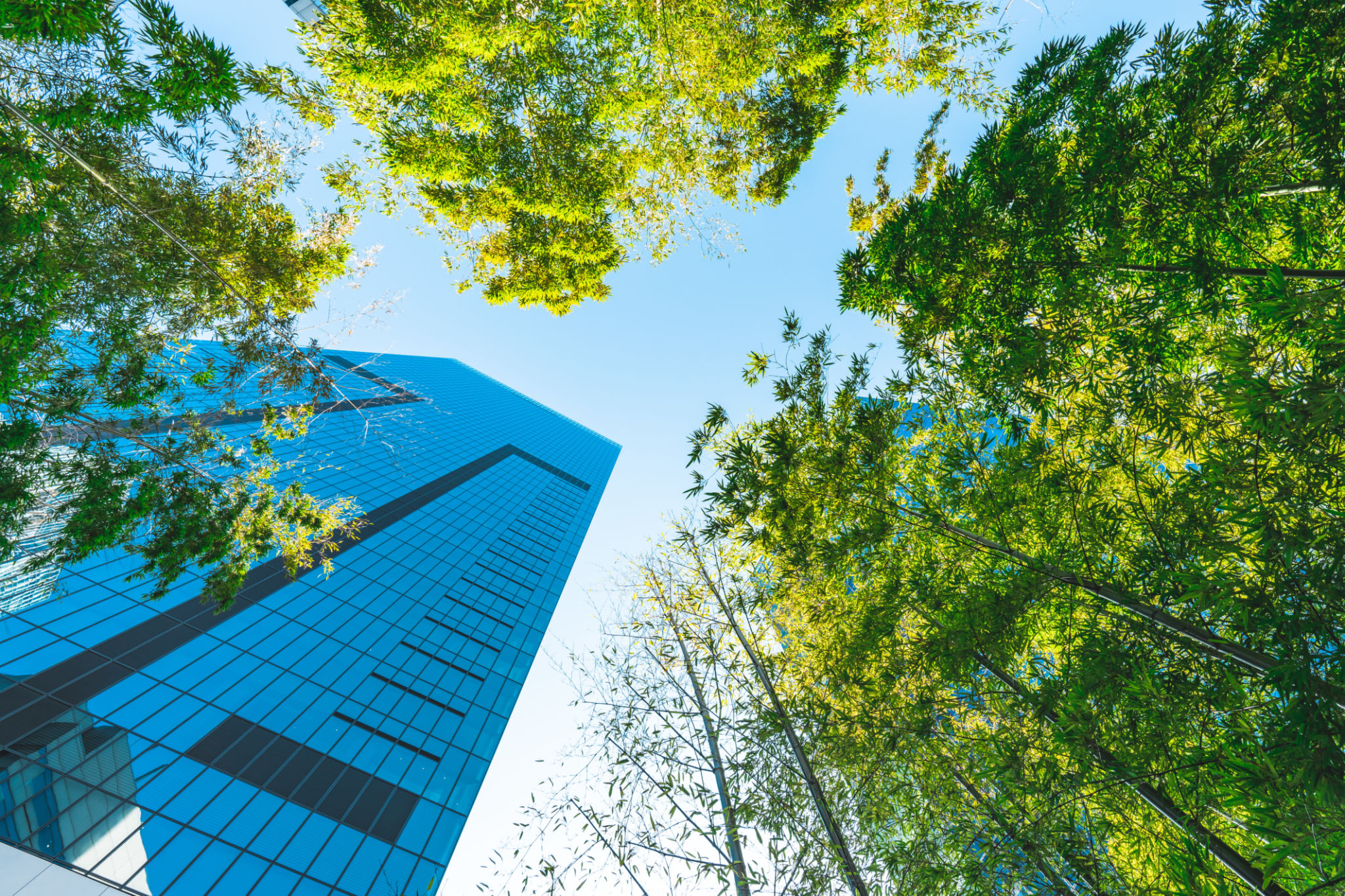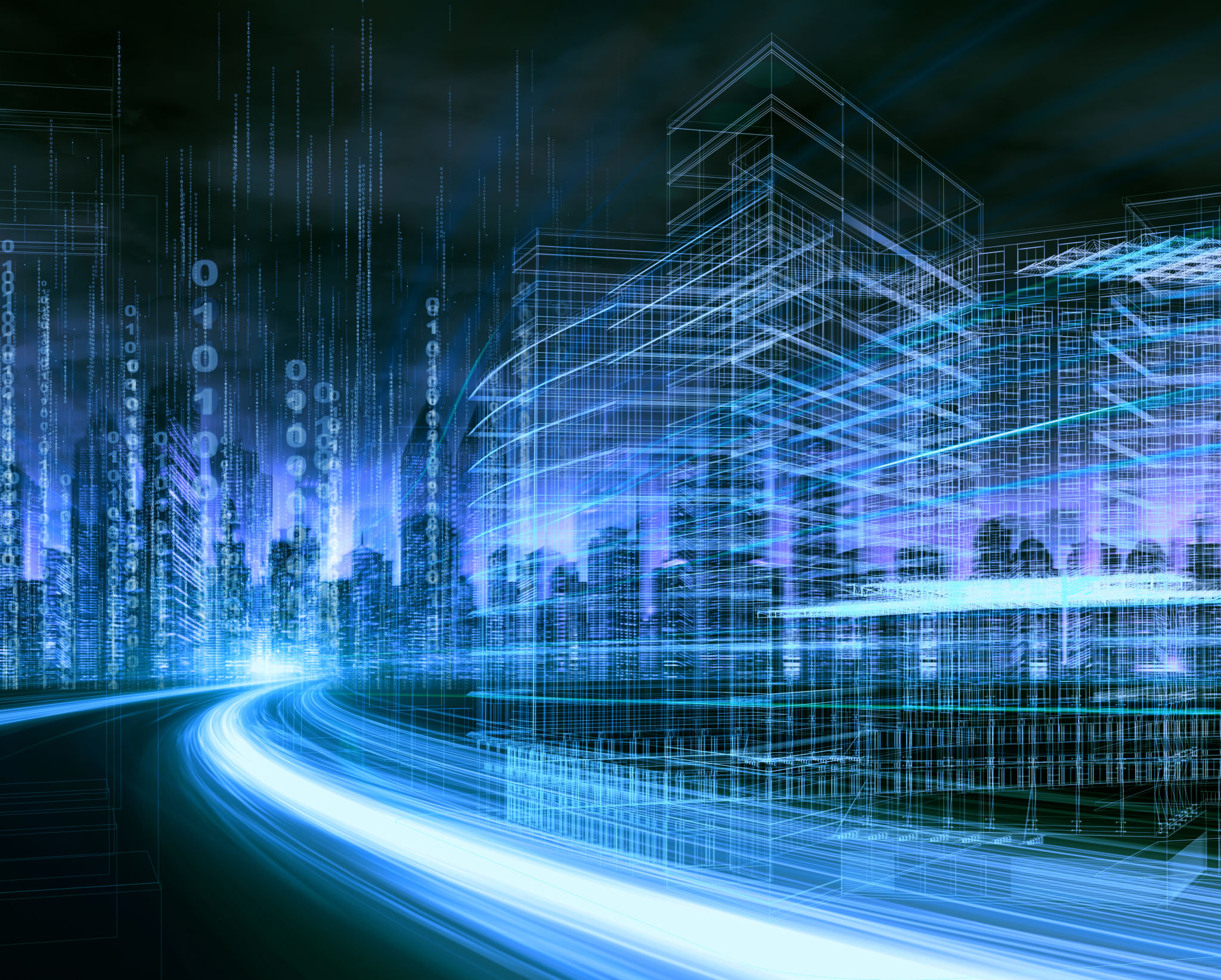The Role of Innovation in Modern Architectural Design
The Evolution of Architectural Design
Innovation is at the heart of modern architectural design, driving the evolution from traditional structures to cutting-edge marvels. Architects today are no longer confined by conventional materials and methods. Instead, they are exploring new technologies and sustainable practices to create designs that are not only aesthetically pleasing but also environmentally conscious. This shift is transforming the way we interact with our built environment.

The integration of technology has allowed architects to push the boundaries of what is possible. Digital tools, such as Building Information Modeling (BIM) and 3D printing, enable precise planning and execution of complex structures. These technologies facilitate collaboration among architects, engineers, and builders, resulting in more efficient and innovative designs.
Sustainability in Design
One of the most significant influences of innovation in architecture is the emphasis on sustainability. Architects are increasingly adopting green building practices to reduce environmental impact. From solar panels to rainwater harvesting systems, these elements are becoming standard in modern designs. The goal is to create buildings that consume less energy and provide healthier environments for occupants.
Moreover, the use of sustainable materials is gaining traction. Recycled steel, bamboo, and reclaimed wood are just a few examples of materials being used to minimize the carbon footprint of new constructions. This trend not only conserves resources but also inspires creativity in design.

The Impact of Smart Technology
As technology advances, smart buildings are becoming a reality. These structures utilize internet-connected devices to optimize energy use, enhance security, and improve the overall comfort for occupants. Features like automated lighting, climate control, and security systems are now integral parts of architectural plans.
The integration of artificial intelligence (AI) further enhances the functionality and efficiency of these smart buildings. AI can analyze data from various building systems to make real-time adjustments, ensuring optimal performance and reducing operational costs.

Innovative Aesthetics
Innovation is not limited to functionality; it also extends to aesthetics. Contemporary architects are experimenting with unconventional forms and materials to create visually stunning buildings that challenge traditional norms. From curvilinear facades to dynamic lighting installations, these designs captivate and inspire.
Public spaces and cultural institutions are often at the forefront of these aesthetic innovations, as architects seek to create landmarks that reflect the identity and aspirations of their communities. The result is a diverse architectural landscape that celebrates creativity and progress.
The Future of Architectural Design
Looking ahead, architectural innovation shows no signs of slowing down. As we continue to grapple with global challenges such as climate change and urbanization, architects will be called upon to devise solutions that balance beauty, functionality, and sustainability. The future promises even more exciting developments as emerging technologies like virtual reality and nanotechnology become integrated into architectural practice.
In conclusion, innovation is a driving force in modern architectural design, influencing everything from materials and sustainability to technology and aesthetics. As architects continue to embrace new ideas and tools, they will shape the future of our built environment in ways that were once unimaginable.
